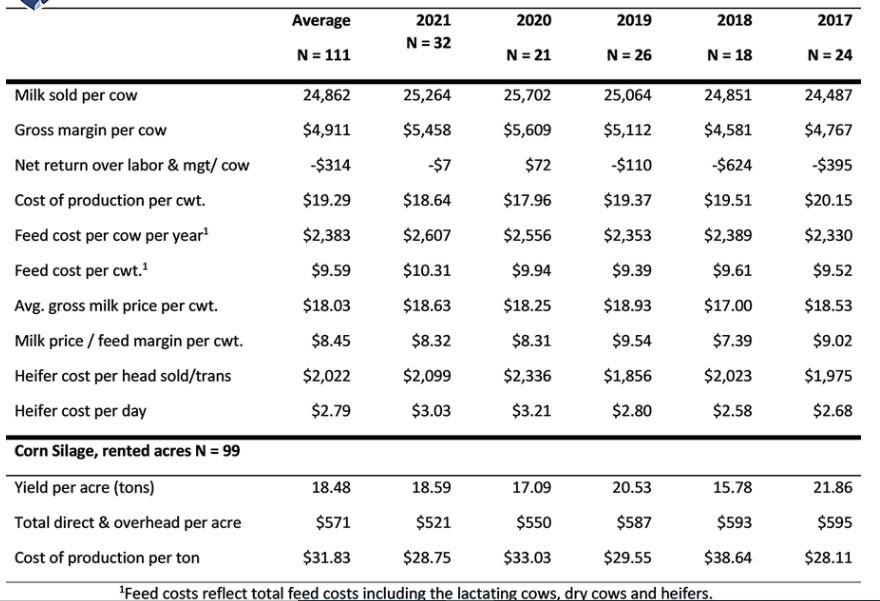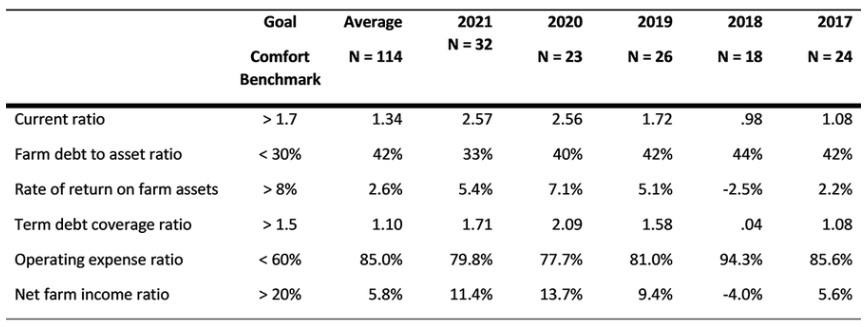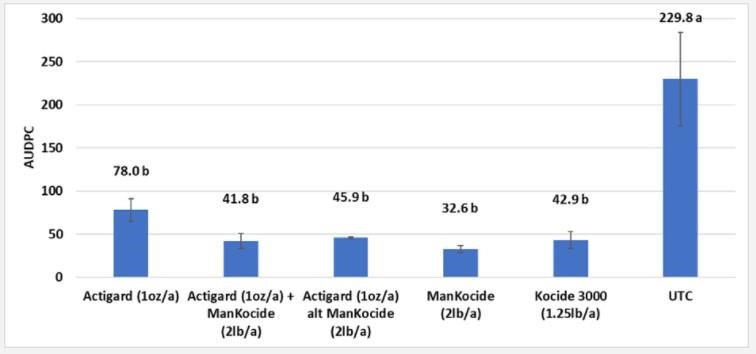
Figure 2 Symptoms of bacterial leaf spot on watermelon leaves in a commercial field. Credit: Matthews Paret, UF/IFAS
It is important to understand the general biology of the bacterial pathogen on cucurbits and how the disease can spread in a production system through seed, transplant, or in field. An article entitled Know Your Florida Watermelon Disease and Pathogen in the Florida Watermelon Association newsletter outlines the details which highlight the important aspects in the spread of the disease relevant to all cucurbit crops.
From a field disease management standpoint, we have been conducting studies at UF-IFAS-NFREC, Quincy to evaluate performance of copper (Kocide 3000), copper + mancozeb (ManKocide), that are general protectants, and a plant defense inducer Acibenzolar-S-Methyl (Actigard) that is known to activate plant defense genes against pathogens. Below, findings from the 2020 and 2021 spring season field studies are highlighted.
In general, there was higher disease pressure in the spring 2020 study, as compared to the 2021 study. In Spring 2020, Kocide 3000 and ManKocide significantly reduced disease severity, compared to the untreated control (UTC), as indicated by the Area Under Disease Progress Curve data, which is a method to evaluate disease severity over a period of time (the higher the AUDPC, the higher the disease severity), as seen in in Figure 3.

Fig. 3: Different letters above bars indicate statistical differences of treatments in spring 2020, as compared to the untreated control (UTC) plots.
In Spring 2021, the study also included rotation programs, or combinations of ManKocide and Actigard. This study demonstrated that all the treatments significantly reduced bacterial leaf spot on watermelon in comparison to the untreated control (UTC), as seen in Figure 4.

Fig. 4. Different letters above bars indicate statistical differences of treatments in spring
This research demonstrates the utility of both copper protectant fungicides and Actigard in reducing negative impact of bacterial leaf spot of watermelon.
Source : ufl.edu